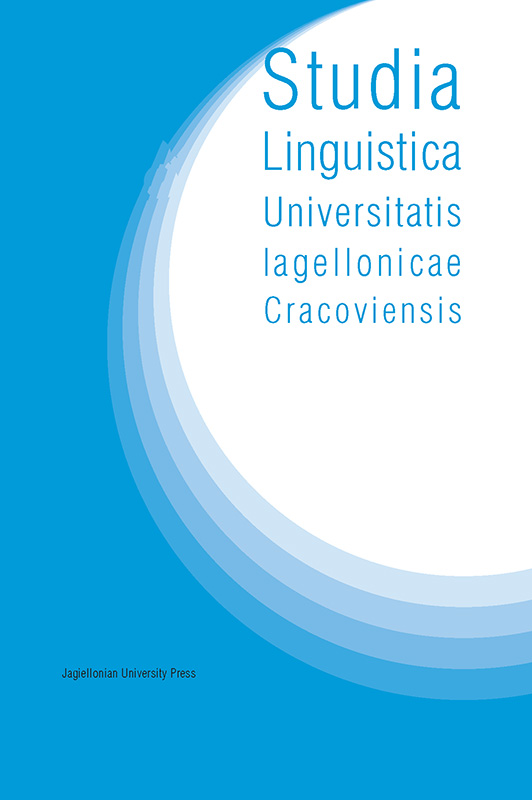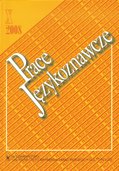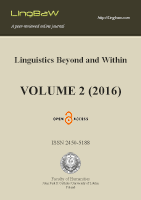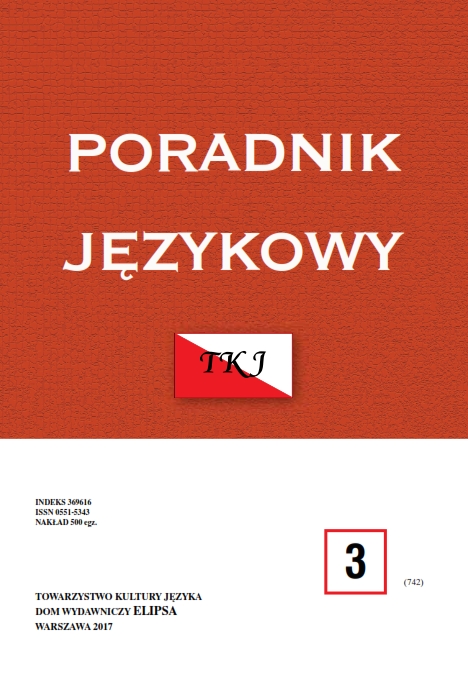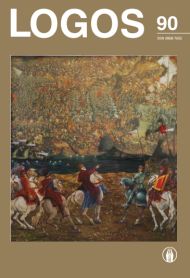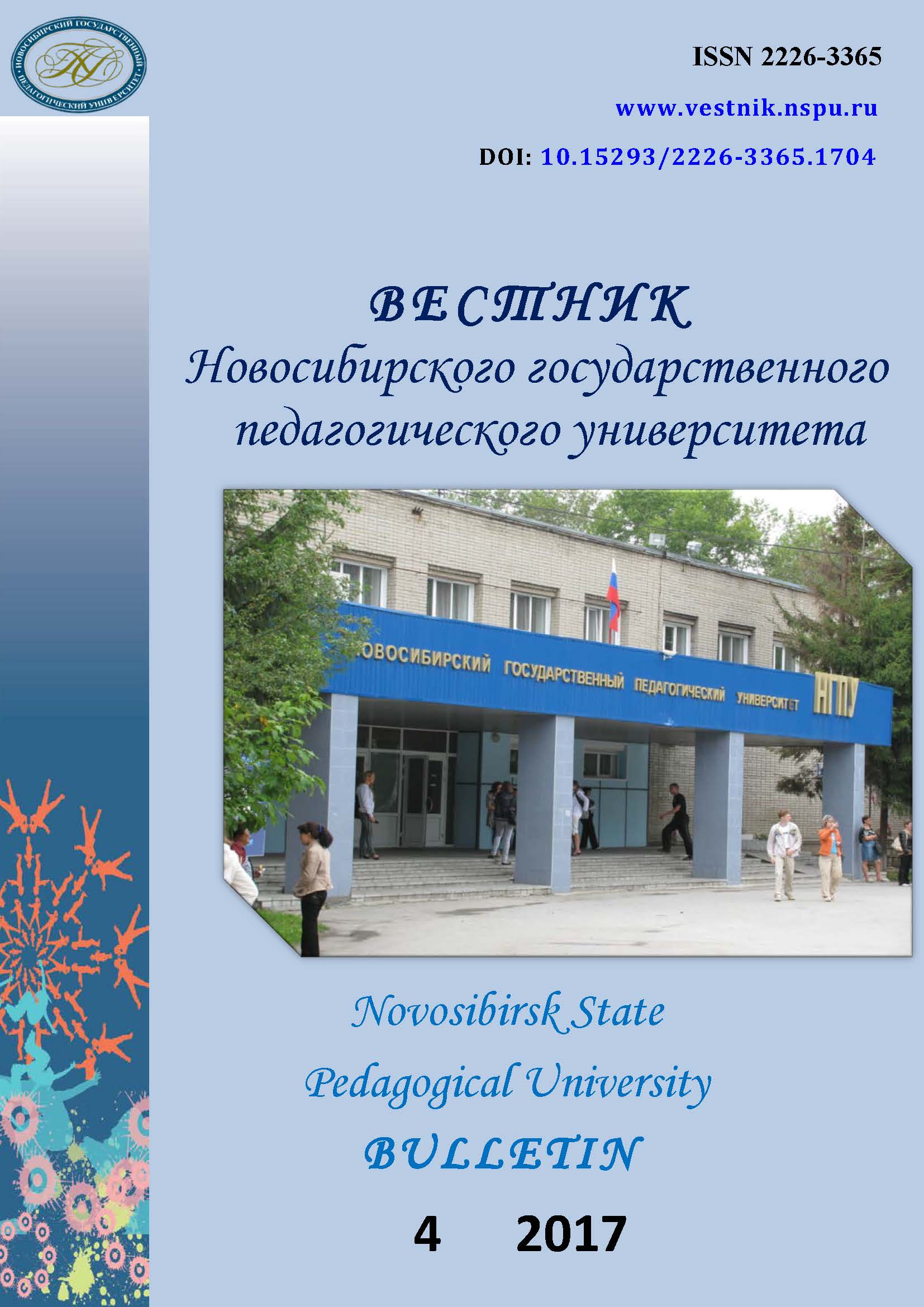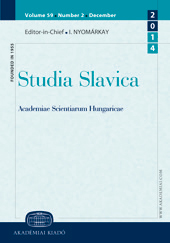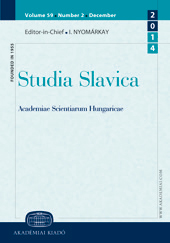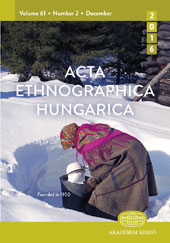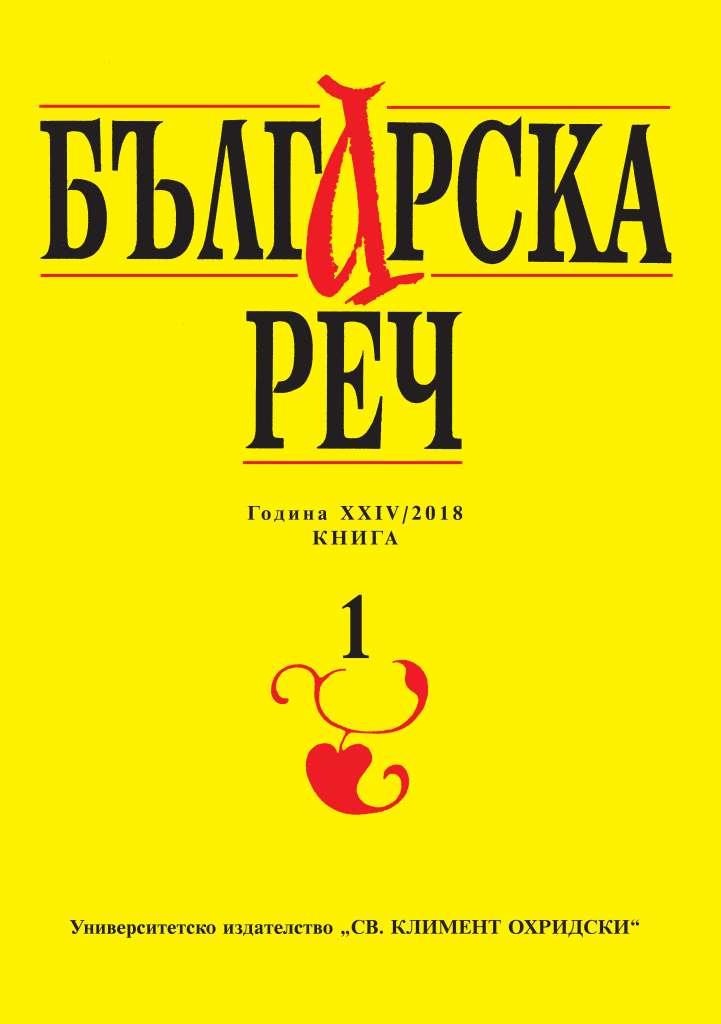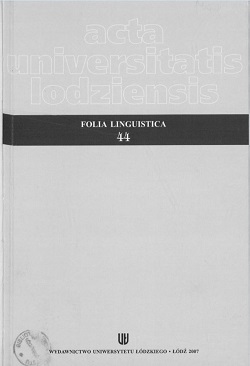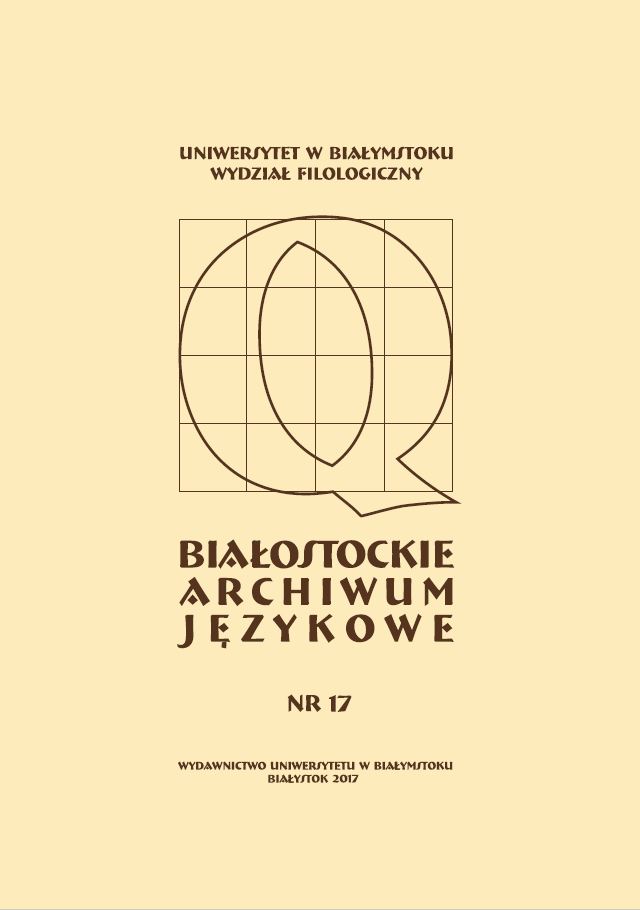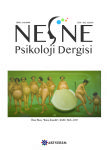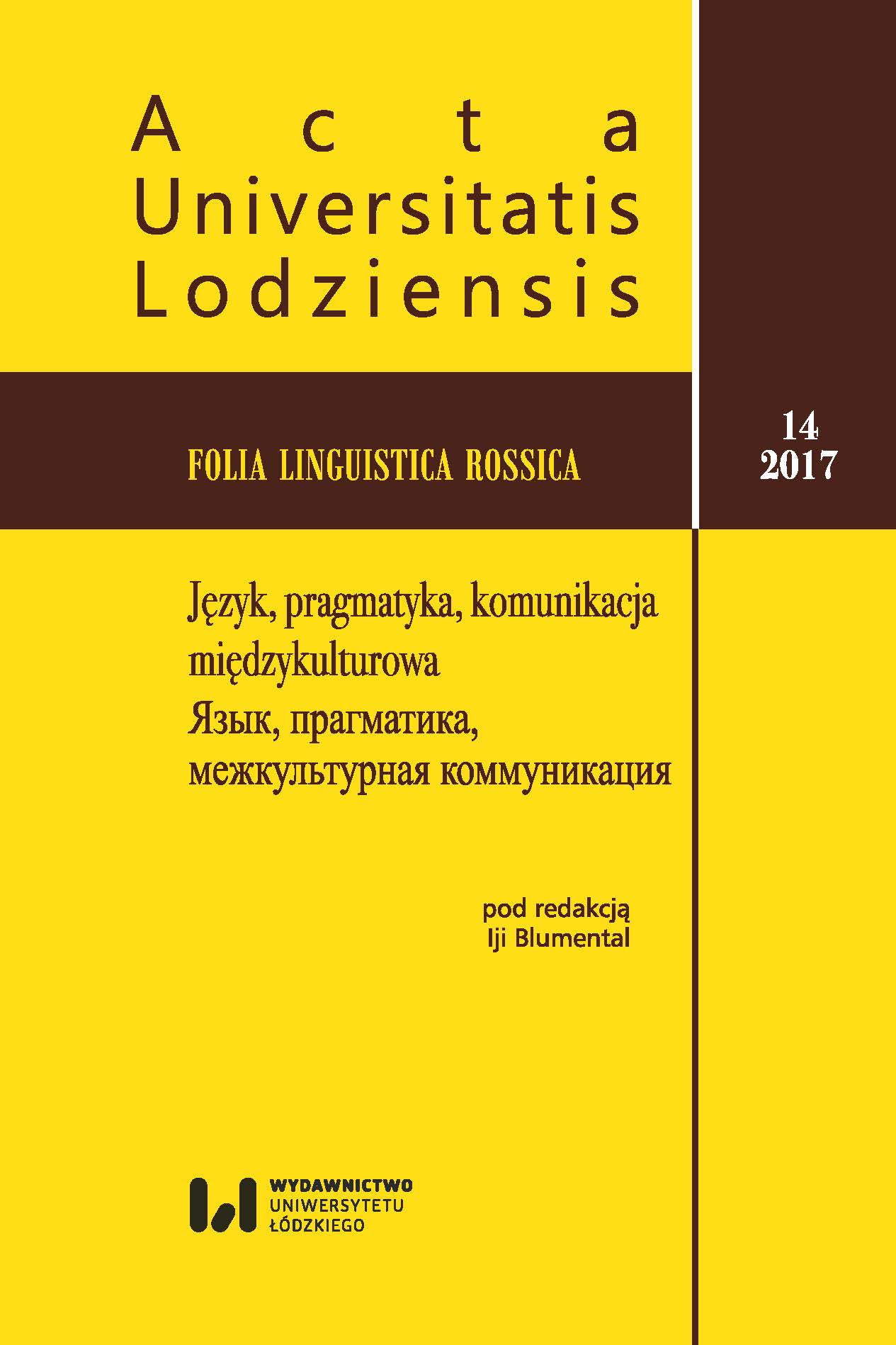Author(s): Katerina Gaidukevych / Language(s): Ukrainian
Issue: 1/2013
The article is dedicated to the problem of historical development of rhetoric as science and art; its transformations in contemporary world were investigated. By analyzing conceptual approaches to the notion of rhetoric in multiple studies of different periods in history, reveal the core peculiarities of contemporary development of given cultural phenomenon. It is empathized that in the period of profound sociocultural changes, rhetoric is revirescent and takes place in a front rank among social communications. The significance of verbal methods of influence to the different auditory is heating up in a contemporary world; consequently the role of ideas which are delivered with the help of developed mass media takes on a dimension. Under these circumstances rhetoric gets into the focus interest of different subject areas that is why the conceptual definition and characterization of its peculiarities at the turn of 20th–21st centuries is of a high priority of the cultural studies. Different approaches to the rhetoric studies are considered in the article (from the point of philosophy, pedagogics, cultural history, psychology, psycholinguistics and linguistics, study of language), which confirm the necessity to conceive it several fold, in correlation of theoretical and practical content. It is registered that in every historical period, rhetoric obtained many adequate characteristics, which met the requirements of society, while the researchers comprehend the aspects of subject matter of rhetoric, in accordance to the requirements of their period. It was ascertained, that the art of public speaking was getting its value gradually. Originated together with philosophy in Ancient Greece, it became an embodiment of the highest achievements Greco-Roman culture and played an important role in the development of education and science of European Middle Ages. During the time of rhetoric’s existence, its definitions differentiated, in correspondence of those dominating meanings, which were put in one or another area of this science. There is a range of indicative interpretations and spheres of rhetoric’s usage in Ukrainian culture. Thus, the unknown author of the first manual (1628) whereby students have learnt in Kyiv ecclesiastical seminary, qualify it as the art of decorating words, which guides with good words to a right way and helpful life. Rhetoric was referred to as ’sweet speech’, ’beautiful speech’, ’eloquence’, ’crafty speech’, ’blessing speech’ which confirms its perception as the variety of art. In a second part 19th century there was a wide expansion of rhetoric’s areas which belonged to branch types of it: spiritual, jural, military, academic, diplomatic, and trading. As far as 10 types of private rhetorics were separated; each of them helped to regulate verbal communication, social language practice and normative evaluations in certain spheres of society. Grounded on the experience of previous rhetorics, contemporary science and methodic literature continues differentiation and classification of different oral art types. The author emphasizes, that today rhetoric becomes an inherent component and a factor of effective communication and shall be regarded not only as the knowledge about conditions, forms, and laws of ruling intellectual speech activity, but first, as integrating science, the theory of which relies upon achievements of a complex of liberal arts, and the practice – upon the specification of a given culture branch. It is registered, that contemporary researchers (beginning from the second part of the 20th century) under the reappearance of rhetoric call the subject matter of it in a new way, the same as its place and role in a system of other disciplines. Thus, rhetoric is determined as philosopho-didactive science, directed on a person’s formation of effective conversation and communicative activity. More and more obvious sounds the idea that rhetoric has to form its own subject matter, first of all grounded on the newest psychology and sociology data, which provide the ability to form rhetoric reasoning, and step away from logic dominant conception of communication practice. The author claims, that many theoreticians see the neorhetoric, as a science, which needs updates from the position of contemporary conditions of communication activity. Indeed, neorhetoric by integrating different disciplines (linguistics, semiotics, language philosophy, poetics, and psychology) doesn’t dissolve among them, but creates its own scientific field, which includes both: the common theory of symbol, the theory of text, and forming the meaning of sign activity. Rhetoric is registered to fairly take place among the system of contemporary humane knowledge, and meets all the necessary requirements as for its determination as a science and art used widely in the most manifold situations of lingual communication. The author claims, that today rhetorics remains as a complex science, theory and practice of which relies upon different knowledge branches achievements, whilst strengthen the inter-discipline relations; it opens real perspectives of its development, in the first instance, in contemporary humane education by constant expanding the sphere of collected by historical experience roles, meanings and speech techniques.
More...
